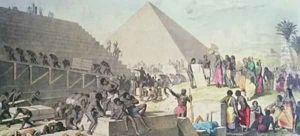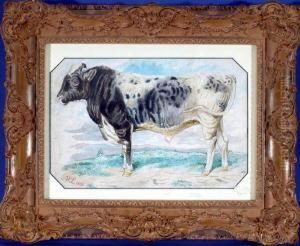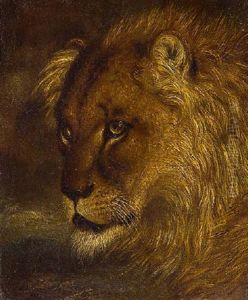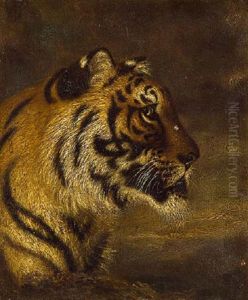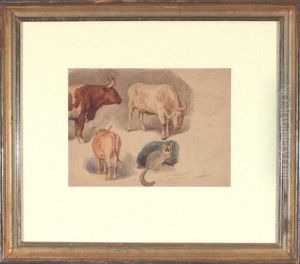H. Leutemann Paintings
Heinrich Leutemann, also known as H. Leutemann, was a German artist and illustrator, born in 1824 in Zörbig, Saxony. His full name was Heinrich Wilhelm Leutemann. He is best known for his detailed and vivid illustrations that covered a wide range of subjects including natural history, ethnography, and historical scenes. Leutemann's work was particularly popular during the 19th century for its educational value and its ability to capture the imagination of the public.
Leutemann received his artistic training at the Academy of Visual Arts Leipzig (Leipziger Akademie der Bildenden Künste) and started his career as a lithographer. He developed a reputation for his technical skill and his ability to convey complex scenes with clarity and precision. Over the course of his career, Leutemann produced illustrations for various publications, including children's books, educational texts, and magazines.
One of Leutemann's significant contributions was his work for the illustrated newspaper 'Die Gartenlaube', which was one of the first periodicals to reach a mass audience in Germany. His illustrations for this publication helped to popularize the magazine and made him a well-known figure in the field of illustration. Furthermore, Leutemann's images often accompanied the works of popular writers of the time, helping to visualize their stories and articles.
Throughout the latter half of the 19th century, Leutemann continued to work prolifically, contributing to the dissemination of knowledge through his images. His illustrations were not only appreciated for their aesthetic value but also for their educational content, as they often depicted scenes from around the world, allowing German readers a glimpse into foreign lands and cultures. Leutemann's work therefore played a role in shaping the German public's perception of the wider world during a period of significant change and globalization.
Heinrich Leutemann's contributions to the field of illustration were widely recognized during his lifetime, and his images continue to be of interest to historians and collectors today. He passed away in 1905, leaving behind a legacy as one of the prominent German illustrators of the 19th century.
